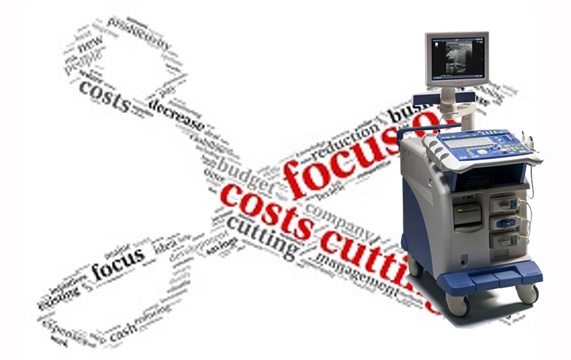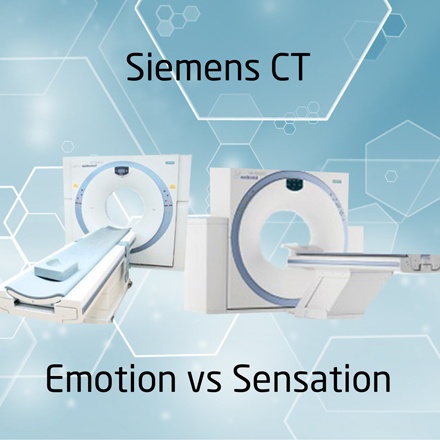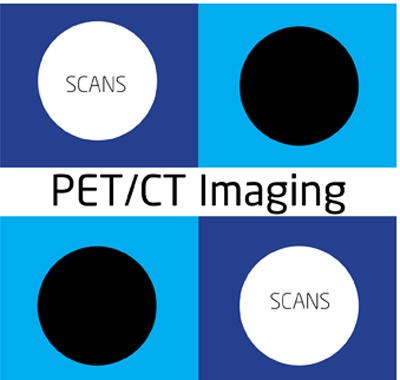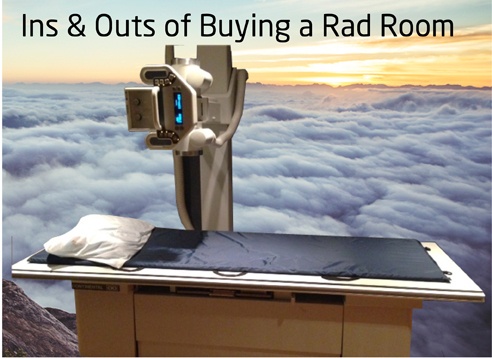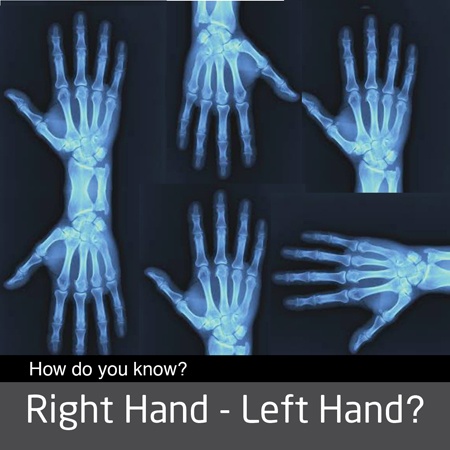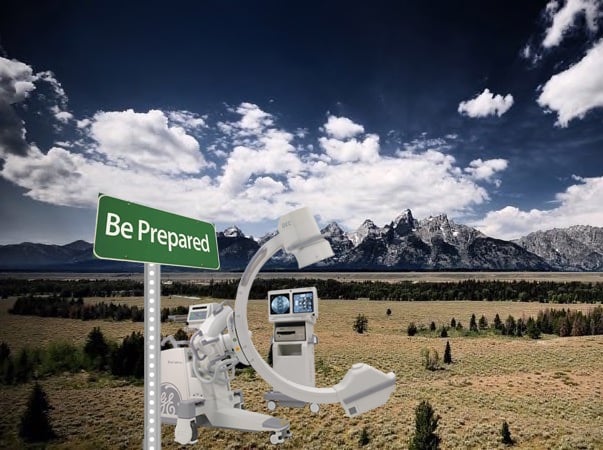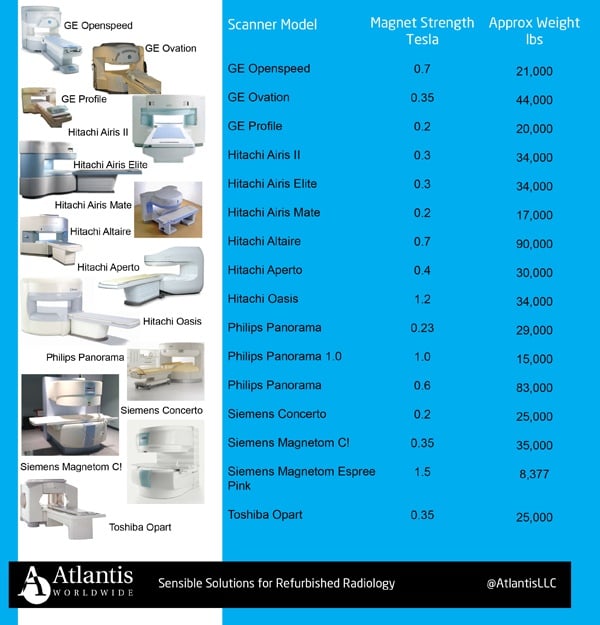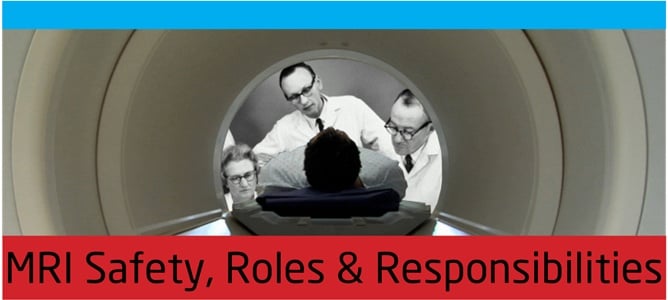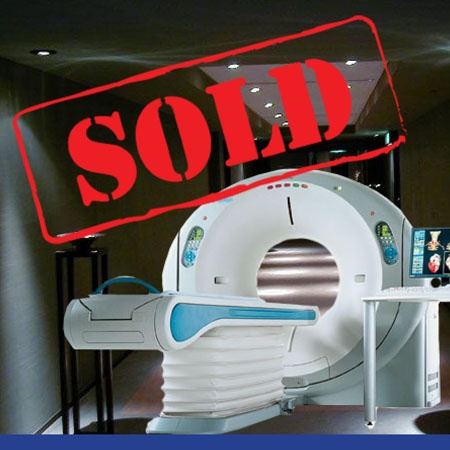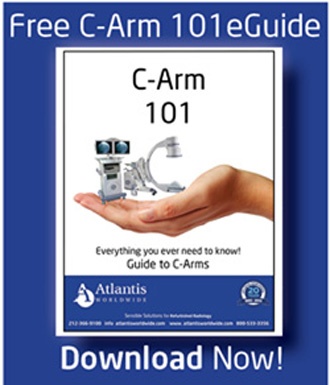As healthcare facilities continue to try to find ways to cut costs and maintain high quality service, more and more are purchasing used and refurbished medical imaging devices. And more and more of them are looking at used and refurbished ultrasound equipment, versus MRI and nuclear imaging devices. That’s no surprise, since ultrasound is used in more than 900 million exams each year, including uses in obstetrics, cardiology, oncology, orthopedics, neurology, gynecology and more. Ultrasound technology is also less expensive, as a rule, and doesn’t require ionizing radiation. It’s also not invasive, which makes it more popular.
Read MoreSensible Solutions for Refurbished Radiology
Ultrasound Making a Comeback in Aftermarket Purchases
Posted by Vikki Harmonay on Tue, Aug 23, 2016 @ 11:08 AM
Topics: Medical Imaging News, X-Ray
Two CT Scanners Compared: Siemens Emotion vs. Siemens Sensation
Posted by Vikki Harmonay on Tue, Aug 16, 2016 @ 10:08 AM
So you’re in the market for a refurbished or used CT Scanner, and you’re partial to Siemens. But you don’t know which one is exactly right for your practice, clinic or healthcare facility.
Read MoreTopics: Medical Imaging Comparisons, CT Scanner
By combining two distinct imaging systems, PET-CT has become one of the most effective imaging procedures available today. PET-CT is an advanced nuclear imaging technique that combines molecular imaging known as Positron Emission Tomography (PET) and Computer Tomography (CT) into one highly sophisticated process.
Read MoreTopics: Medical Imaging Equipment, PET/CT
So it’s time to purchase a Digital Rad Room for your practice, hospital or clinic. And you’re looking at a used or refurbished solution. Good for you! But before you whip out that checkbook, there are a few important considerations and questions to ask. After all, you want to make sure you’re getting exactly what you want and need.
Read MoreTopics: Buying Imaging Equipment, Imaging Equipment Solutions, X-Ray
Do you use Radiopaque Anatomical Markers for X-Ray?
Posted by Vikki Harmonay on Tue, Jul 26, 2016 @ 10:07 AM
We’ve all heard the nightmare stories on the news. A patient goes into surgery to have his or her left knee replacement surgery and instead, the right knee gets replaced. Or a patient has a punctured left lung, but the surgeon mistakenly inserted a chest tube on the right side instead. So how does this happen?
Read MoreTopics: Imaging Equipment Solutions, X-Ray
BE PREPARED! 4 Tips When Your C-Arm Is Not Working Correctly
Posted by Alex Silbergleit on Tue, Jul 19, 2016 @ 11:07 AM
Whether you buy a new or used C-Arm, the fact of the matter is that at one point or another your system will have an issue. As much as you want your C-Arm to work perfectly from the day you get it to the day you replace it, the reality is that a C-Arm is a machine and machines break. The severity of the issue will vary, but your response to getting it fixed should stay the same.
Read MoreTopics: C-Arm, Imaging Equipment Solutions
As some people continue to gain weight, manufacturers’ of MRI equipment have been producing scanners to accommodate larger sized patients. Also patients that are claustrophic or just uncomfortable find that the Open MRI is a better option. Hence the need for more facilities to have the Open MRI Scanner.
Read MoreTopics: MRI, Medical Imaging Equipment
Here’s a shocker. The average price that healthcare providers paid for CT scanners in a three-month period in 2016 compared to the same time period in 2015 went up 34%.
Read MoreTopics: Buying Imaging Equipment, CT Scanner
MRI System Safety, Roles and Responsibilities
Posted by Vikki Harmonay on Tue, Jun 28, 2016 @ 13:06 PM
Magnetic Resonance Imaging or MRI is the preferred procedure for diagnosing a wide variety of problems or conditions within the human body. Physicians can use the MRI to examine a large number of body parts including the brain, spine, joints, blood vessels, and other organs like the heart and lungs. The result of the MR scan is a very detailed image of organs and tissues throughout the body without the need for x-rays or “ionizing” radiation. To create these detailed images, the MRI uses a powerful magnetic field to align the protons that are present in most of the body’s tissues. Once applied, radio waves then cause these atomic particles to produce a signal that can be received by the MRI scanner. The computer inside the MRI collects the signal data from the rapidly changing magnetic field and assembles detailed images of the tissue that can be viewed from many different angles.
Read MoreTopics: Imaging Equipment Solutions, MRI
So you’ve decided to sell your CT Scanner, probably to offset the cost of new equipment. Smart move! But before you start counting your chickens, you’ll want to take the time to be prepared for that sale, BEFORE the sale.
Read MoreTopics: Selling Image Equipment, CT Scanner

